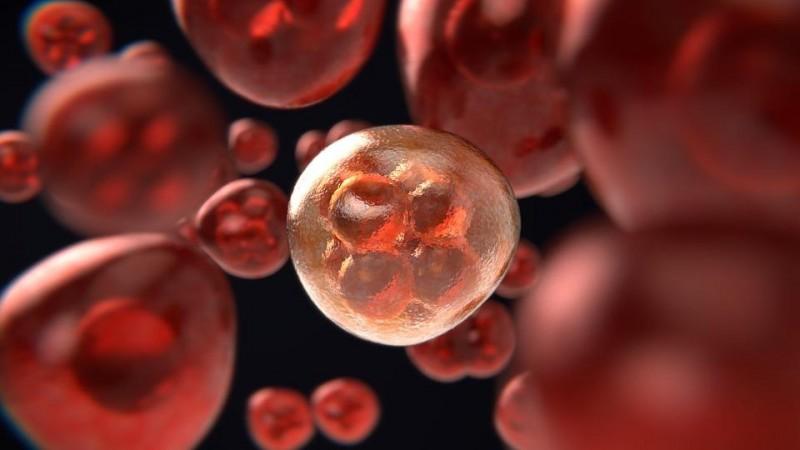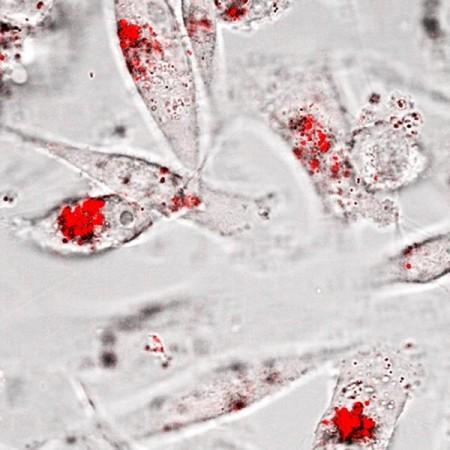Cancer claims approximately 10 million lives worldwide annually. While several therapies have helped improve outcomes in cancer patients, they are also known for affecting healthy cells in these individuals. A treatment that limits or eliminates damage to non-cancerous cells has remained evasive. Offering some hope in this regard, scientists have reported the designing of nanoparticles that communicate only with cancer cells and reduce the pace of their growth.
In a new multi-institutional study, researchers have described new gold nanoparticles that are activated when they encounter cancer cells. They self-assemble and relay messages instructing cancer cells to slow their development. Importantly, the nanoparticles interact only with cancerous cells, thereby, leaving healthy cells unaffected. The findings were published in the journal Advanced Materials.
"Cancer cells take up materials from their environment, and they also secrete factors that help them degrade surrounding tissue in order to spread and metastasize. We made particles that respond to both of these characteristics by aggregating into clusters that are actively taken up by cancer cells. Once inside, they appear to be able to reduce the cancer cells' metabolic activity and consequently reduce their growth," said Richard Huang, lead author of the study, in a statement.
A Novel Framework

One of the factors that make the advancement of cancer difficult to limit is the secretion of an enzyme, matrix metalloproteinase-9 (MMP-9), in unusually large quantities by cancer cells. This process results in the disintegration of collagen that binds healthy tissue together. Taking the fight to the cancer cells, the authors used this against them to develop a novel framework.
The researchers designed gold nanoparticles that were moderated by a zwitterionic tetrapeptide model. A zwitterionic form of a peptide is where the amino terminus (beginning of the polypeptide) is positively charged and the carboxy terminus (end of the polypeptide) is negatively charged.
Dr. Rein Ulijn, corresponding author of the study, explained what the team aimed to achieve through the research. "We wanted to determine whether it's possible to make use of relatively simple peptide design to create nanoparticles that could produce robust self-assembly in biological media and have an impact on cancer cells," he said.
'Talking' Only With Cancer Cells

The gold nanoparticles, when triggered by MMP-9, commence assembly into large clusters or aggregates within the cancer cell's vicinity. These aggregates are engulfed by the cells, leading to an increase in their size. The larger size leads to physical distress in cancer cells and decreases their capacity to multiply and survive. Most crucially, the interaction of the nanoparticles only with cancer cells ensured that surrounding healthy cells were not affected.
A key highlight of the research was that the team visualized the nanoparticle aggregates within the cancer cells in real-time using confocal reflection microscopy. Dr. Ye he, co-author of the study, illustrated, "This label-free, live imaging technique allowed us to have a closer look at when and where the aggregates were formed, and how the cancer cells respond to the particles at the sub-cellular level."
While the findings are encouraging, the authors admitted that further research is required to ascertain the therapeutic potential of the study's discovery. "While this is early-stage research, the findings provide exciting possibilities for a drug-free therapeutic treatment that could be extremely useful for cancer patients who have developed drug resistance and for extending the lives of people with metastatic cancer," concluded Dr. Ulijn.
















